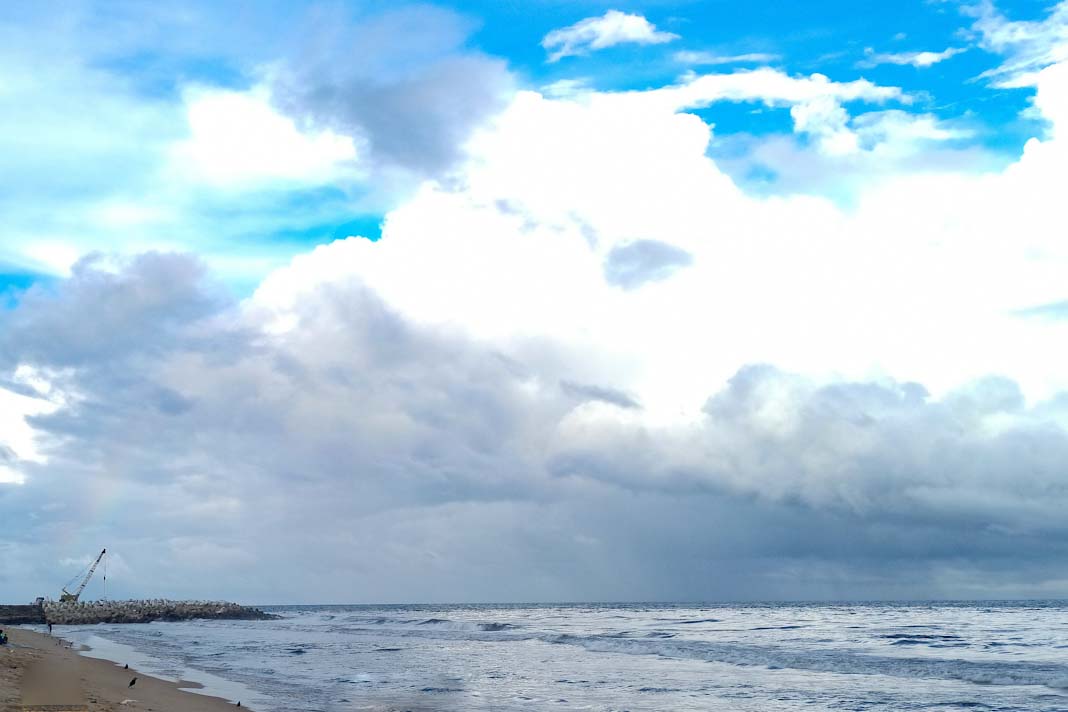
- South Korea is positioning the Arctic route as a long-term logistics strategy to elevate Busan as a central hub linking Asia and Europe.
- Despite its potential to shorten shipping distances and bypass geopolitical risks, the route faces logistical, regulatory, and environmental challenges.
- Growing global interest—especially from China and Russia—highlights the urgency for Korea to develop Arctic-capable shipping capabilities and infrastructure.
South Korea is turning its attention to the Arctic Ocean as a new frontier in global maritime trade, with climate change opening up previously impassable waters. The melting of Arctic sea ice has made the Northern Sea Route—a passage along Russia’s northern coast—a potential alternative to traditional trade routes like the Suez Canal.
The Korean government, under President Lee Jae Myung and the Democratic Party, has made the Arctic route a strategic priority. Oceans Minister nominee Chun Jae-soo cited the route as a driving factor in the proposed relocation of the Ministry of Oceans and Fisheries to Busan, aimed at decentralizing power from Seoul and revitalizing the southern port city.
The Northern Advantage
The Northern Sea Route could reduce the distance between Busan and Rotterdam by approximately 7,000 kilometers, cutting travel to around 15,000 kilometers. This shortcut not only saves time and fuel but also avoids congested or politically volatile maritime choke points, including the Suez Canal and Southeast Asian straits.
Access to untapped Arctic resources is another potential benefit, as Russia has expressed interest in international partnerships for developing its Arctic territories.
Busan’s Logistics Ambition
Busan’s location makes it well-suited as a departure hub for Arctic-bound shipments. As the world’s second-largest transshipment port, Busan already consolidates cargo from China, Japan, and Southeast Asia, facilitating efficient transfer to Europe and North America. In 2024, transshipment accounted for 55% of its total freight volume.
The port benefits from proximity to industrial centers in Ulsan and surrounding areas, including major shipbuilding yards and petrochemical complexes. Despite concerns about limited fuel storage for long voyages, experts note that nearby Ulsan already supplies bunker fuel, and future fuel infrastructure—such as for ammonia—can be located outside the port.
Practical Barriers and Strategic Risks
Currently, the Arctic route handles less than 1% of global maritime traffic. International sanctions against Russia since 2022 have severely restricted access and collaboration. Even before the sanctions, major global shipping firms—such as Maersk, CMA CGM, and Hapag-Lloyd—avoided the route due to environmental risks and operational difficulties.
Korean carriers, including Hyundai Glovis and Pan Ocean, experimented with Arctic navigation in the 2010s but have since halted operations. High costs for ice-class vessels, short navigable seasons, and regulatory requirements (like icebreaker escorts and polar-certified pilots) deter commercial interest.
Estimates suggest the Arctic route may cost 5% to 30% more than conventional options due to these constraints. Additionally, complete Russian control over the route raises concerns about future access reliability.
Global Competition and Rising Stakes
Despite challenges, global interest in the Arctic is growing. China is aggressively promoting its “Polar Silk Road” initiative and has launched container services between Shanghai and Russian Arctic ports. In May, leaders of China and Russia reaffirmed their commitment to enhancing Arctic shipping cooperation.
Japan, while scaling back direct participation since Russia’s invasion of Ukraine, continues to invest in Arctic energy projects. Notably, Japanese firms maintain a 10% stake in the Arctic LNG 2 project, reflecting long-term strategic interest in the region’s resources.
Experts stress that diplomatic coordination with Russia is essential for Arctic access. With political conditions currently unfavorable, Korea must instead focus on building strong domestic shipping capabilities centered in Busan. This includes developing commercial models to attract cargo flows from across Asia and meet the volume demands required to sustain Arctic operations.
While Shanghai currently outpaces Busan in total cargo volume by a significant margin, Korea’s maritime authorities emphasize the need for strategic consolidation, infrastructure upgrades, and innovation to position Busan as a true northern logistics gateway.
Did you subscribe to our Daily newsletter?
It’s Free! Click here to Subscribe!
Source: The Korea Herald






















